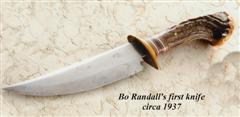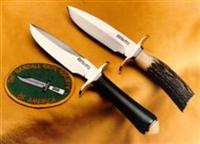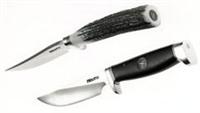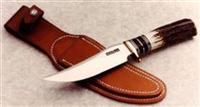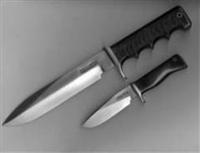I recently worked on small damascus parts, and at first I could not get a good drawing, then I realized that I always made one mistake. It was about one little thing that turned out to have an impact.
Then I think it will be interesting for you to hear about my etching error - while etching damascus, after acid treatment, I washed it in running water - the pattern was not very contrasting and there was a lot of black dirt when I cleaned the surface [this black mud has already been mentioned here earlier]. The drawing was dark and not persistent, although I did everything according to the instructions. But then I found another instruction from one of our master on damask steel, there was a note that after etching, acid residues should be neutralized in a strong solution of baking soda. Then I immersed the parts again in an acid solution and then immediately into a baking soda solution, the reaction turned out to be interesting - a lot of bubbles and pink foam))) But the most important thing is that after processing with soda, the drawing became resistant, that is, rubbish and very little remains on the rag, and the drawing is also contrasting!
And about this point that the drawing is not persistent, if you do not use baking soda or other alkali to neutralize the acid, is not mentioned anywhere at all. Perhaps this was done on purpose so that people do not know this and turn to professional etchers for help, who do not explain what they are doing.
Once I etched a knife in vinegar, I did not like the fact that after processing the surface became rough and creaked when I cut bread or something flaky and dry.
I think now I know how to do it correctly - first I need to polish the knife [In the case of the Randall, this is not required, since it is already perfectly polished], then degrease well with alcohol and gasoline, then dip it for a for the required time in a suitable acid (vinegar, sour plant juices, ferric chloride, nitric, hydrochloric, sulfuric, etc.) and then dip in a strong baking soda solution, then do not rinse with water, but soak with hot machine oil [I like sewing machine oil] so that it is absorbed into the surface irregularities. Then you can make a light polish, if everything is done correctly, then the patina will not easily come off, she will be persistent =)
_________________________
Si vis pacem, para bellum


